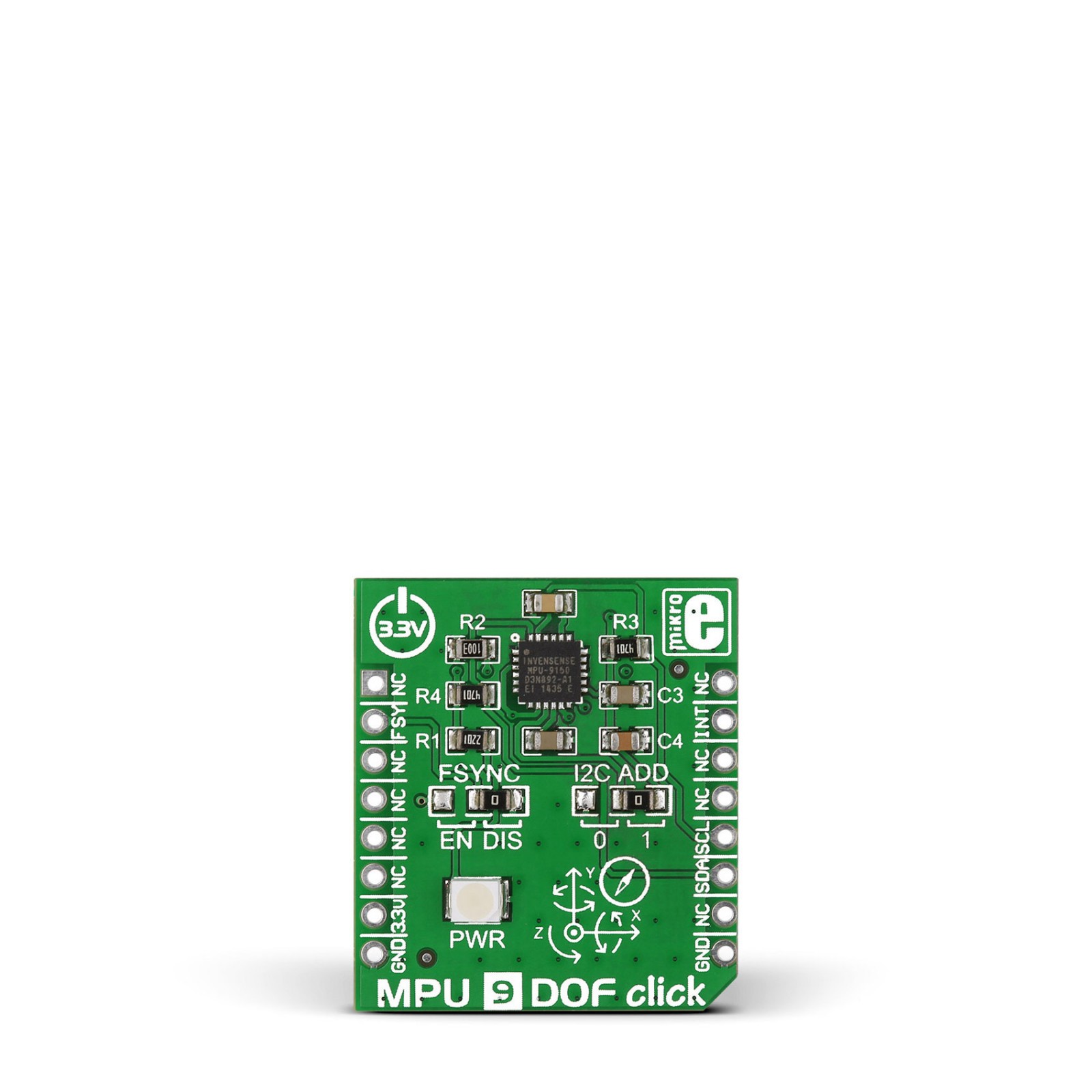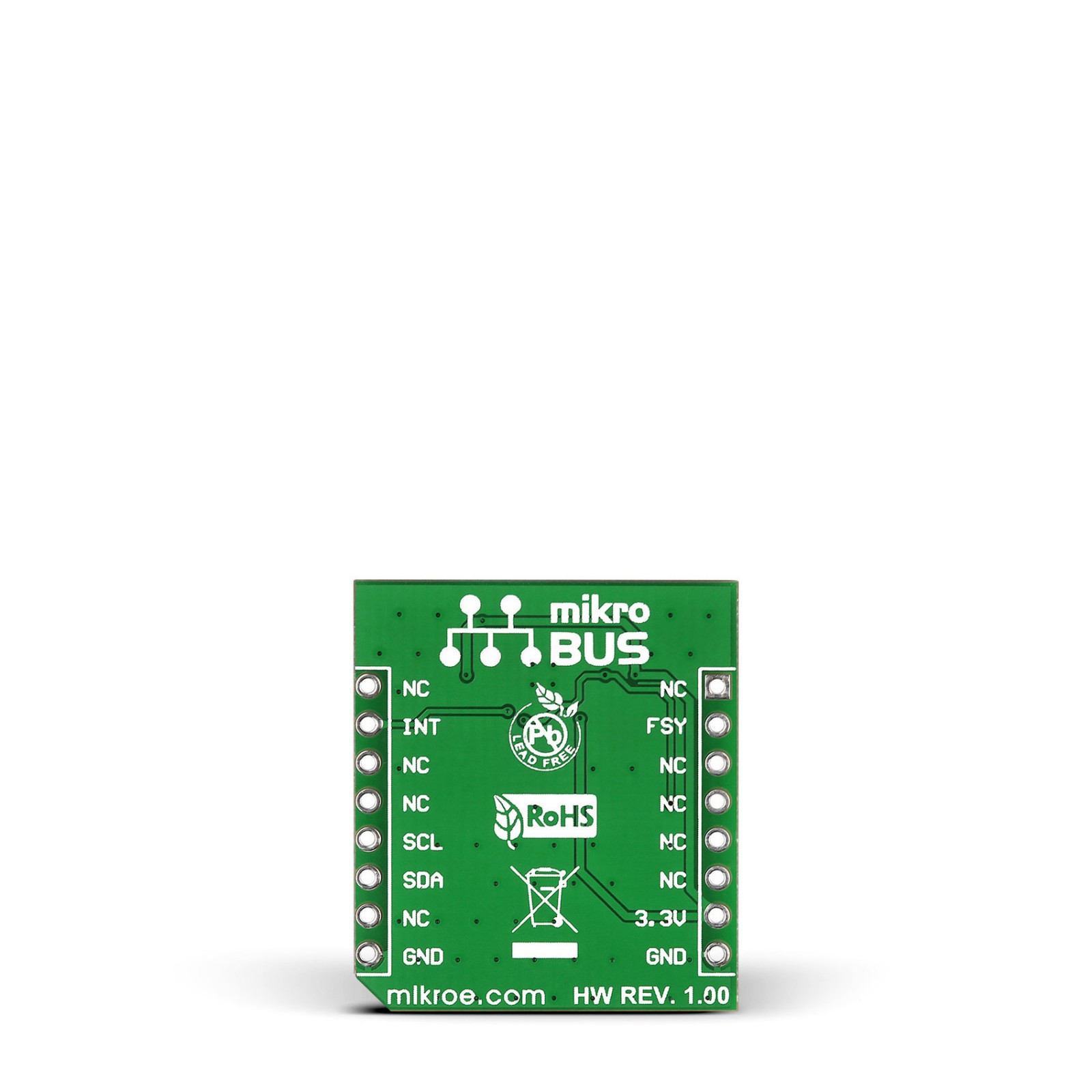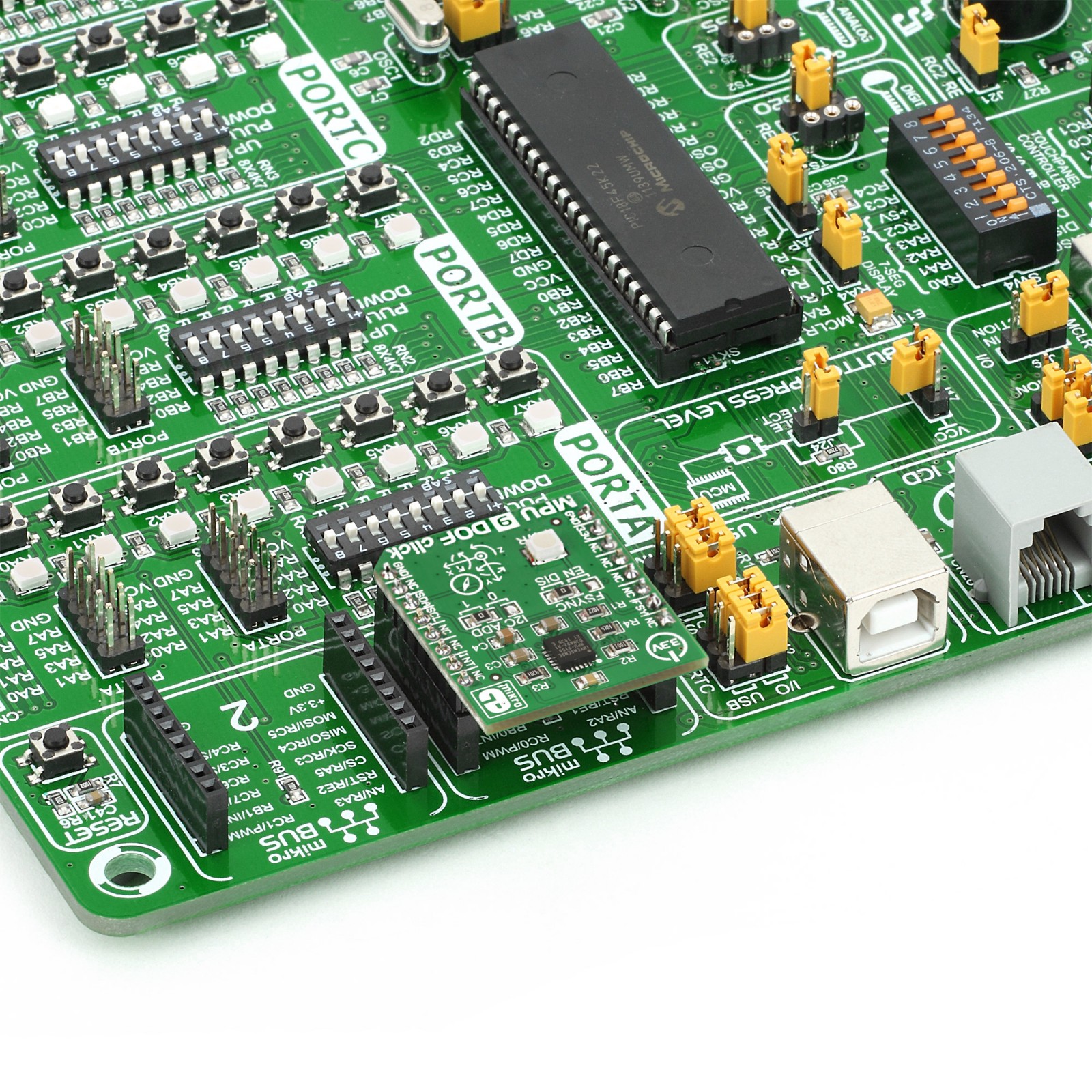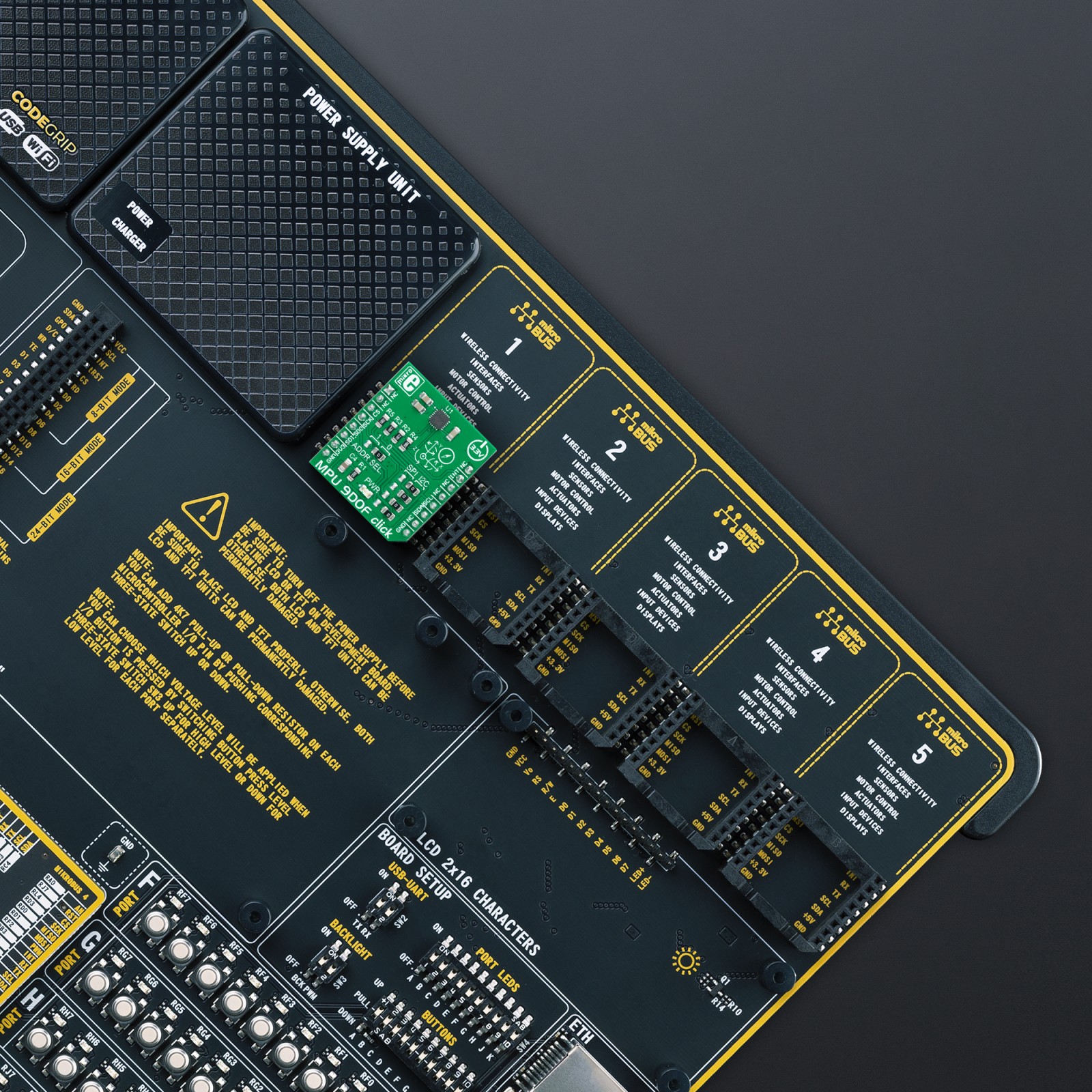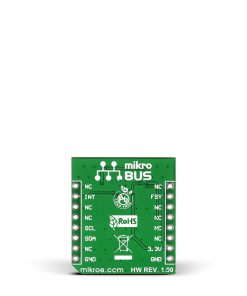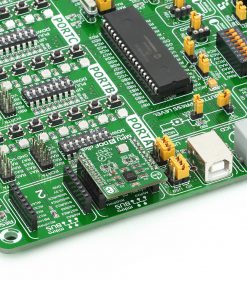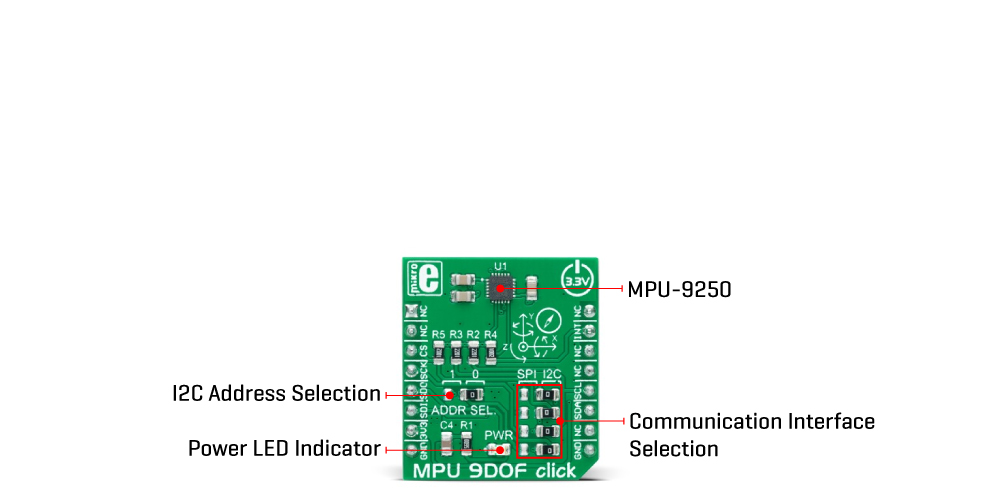-
×
 LPG Click
2 × R310.50
LPG Click
2 × R310.50 -
×
 BEE Click
1 × R738.00
BEE Click
1 × R738.00 -
×
 Alcohol Click
3 × R310.50
Alcohol Click
3 × R310.50 -
×
 Proximity Click
2 × R225.00
Proximity Click
2 × R225.00 -
×
 IrThermo Click 3.3V
1 × R666.00
IrThermo Click 3.3V
1 × R666.00 -
×
 RN4678 Click
3 × R787.50
RN4678 Click
3 × R787.50 -
×
 RS485 Click 5V
1 × R240.00
RS485 Click 5V
1 × R240.00 -
×
 EXPAND Click
1 × R238.50
EXPAND Click
1 × R238.50 -
×
 GPS Click
1 × R990.00
GPS Click
1 × R990.00 -
×
 GSM-GPS Click
2 × R1,215.00
GSM-GPS Click
2 × R1,215.00 -
×
 DIGI POT Click
1 × R342.00
DIGI POT Click
1 × R342.00
Subtotal: R10,009.50

